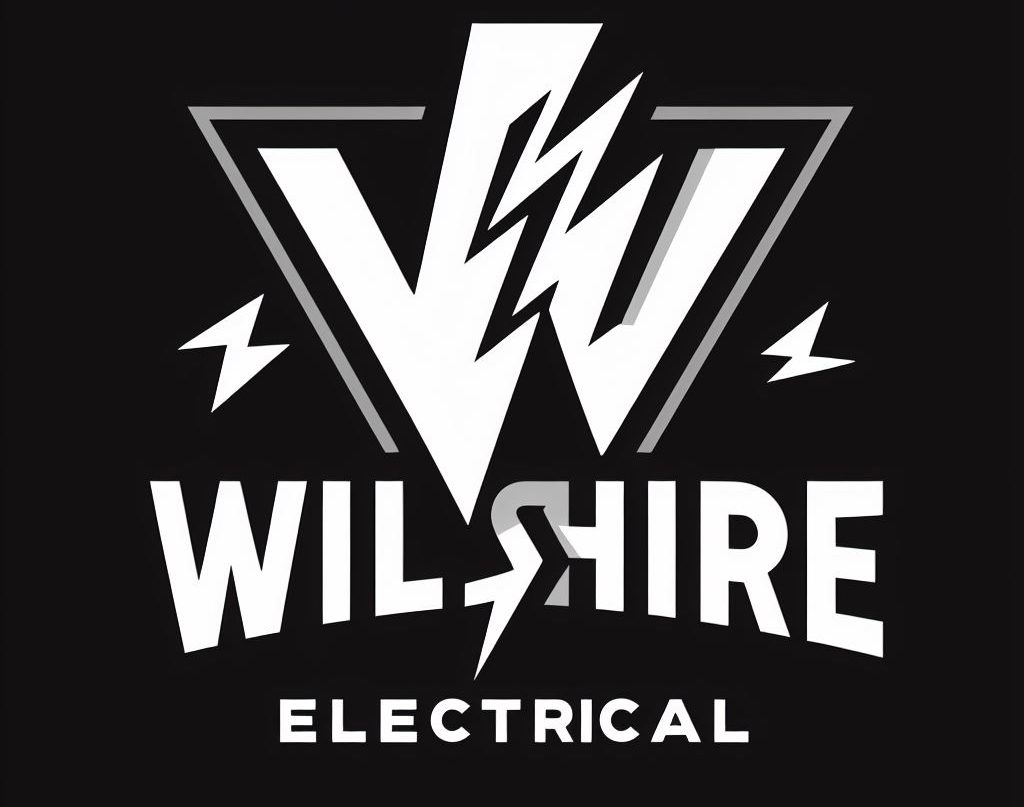
As an electrical industry professional, I’m thrilled by the ever-evolving trends shaping our field. The future holds exciting opportunities and innovations that will revolutionize the way we work and live. From prefabrication in construction to environmental sustainability, these trends will reshape our industry. Building Information Modelling (BIM), smart homes, smart cities, and the Internet of Things (IoT) present new frontiers. Cloud-based tools are transforming project management and collaboration. Join me as we explore these trends and the implications they hold for the electrical industry’s future. Get ready for a bright and boundless future!
Prefabrication and Its Impact on the Electrical Industry
I believe that prefabrication is revolutionizing the electrical industry by streamlining processes and increasing efficiency. Prefabrication offers significant cost benefits by reducing material waste and optimizing labor resources. With standardized processes for assembling electrical components offsite, projects can be completed more quickly and efficiently, resulting in cost savings. Additionally, prefabrication enhances labor efficiency by minimizing on-site work and allowing for simultaneous construction activities. Electricians can focus on installation rather than spending time on fabricating components from scratch. This not only saves time but also reduces the risk of errors and rework. Overall, prefabrication in the electrical industry is a game-changer, providing cost benefits and improving labor efficiency for both contractors and clients.
Embracing Environmental Sustainability in the Electrical Sector
As we look ahead to the future of the electrical industry, it is crucial to embrace environmental sustainability in order to reduce our carbon footprint and create a greener and more sustainable sector. Implementing sustainable practices is not only important for the well-being of our planet, but it also benefits our industry by attracting environmentally conscious customers and improving our reputation. One way to reduce our carbon footprint is by using recycled and reclaimed materials in our projects. By doing so, we can minimize waste and conserve valuable resources. Additionally, we can incorporate energy-efficient technologies and renewable energy sources into our electrical systems. This not only helps reduce our environmental impact but also lowers energy costs for our clients. By actively embracing environmental sustainability, we can contribute to a more sustainable future for the electrical sector.
The Power of Building Information Modelling (BIM) for Electrical Contractors
Building Information Modelling (BIM) empowers electrical contractors to streamline project planning and enhance collaboration. With BIM, electrical design becomes more efficient and accurate, leading to several advantages for contractors. Firstly, BIM allows contractors to visualize and simulate electrical systems before construction, reducing errors and rework. Secondly, it enables clash detection, ensuring that electrical components do not interfere with other building systems. Thirdly, BIM facilitates better coordination and communication among project stakeholders, leading to improved collaboration and fewer delays. However, there are challenges that electrical contractors may face when implementing BIM. These include the initial investment in software and training, as well as the need for standardized data formats across different software platforms. Nonetheless, the benefits of BIM in electrical design make it a valuable tool for contractors in the construction industry.
| Advantages of BIM in Electrical Design | BIM Implementation Challenges for Electrical Contractors |
|---|---|
| Visualization and simulation of electrical systems | Initial investment in software and training |
| Clash detection to prevent interference with other systems | Standardized data formats across different software platforms |
| Improved coordination and collaboration among stakeholders | |
| Reduced errors and rework | |
| Enhanced project planning and efficiency |
Smart Homes and the Future of Electrical Installations
Smart homes are increasingly becoming a common feature in households, as homeowners are incorporating advanced technologies to enhance their living spaces. With the rise of smart home automation, homeowners can control various aspects of their homes through their smartphones or voice commands. This includes managing the lighting, temperature, security systems, and even appliances. In addition to convenience, smart homes also offer energy-efficient electrical solutions. Smart thermostats, for example, can learn the homeowners’ preferences and adjust the temperature accordingly, reducing energy waste. Similarly, smart lighting systems can automatically turn off when no one is in the room, saving electricity. As the future of electrical installations, smart homes not only provide comfort and convenience but also contribute to a more sustainable and energy-efficient living environment.
The Role of IoT in Revolutionizing the Electrical Industry
One of the most significant trends shaping the electrical industry is the increasing role of IoT in revolutionizing the way we interact with and manage electrical systems. IoT, or the Internet of Things, refers to the network of interconnected devices that can communicate and exchange data. In the electrical industry, IoT plays a crucial role in improving energy efficiency and enhancing electrical safety.
| IoT’s Role in Energy Efficiency | IoT’s Impact on Electrical Safety |
|---|---|
| IoT enables real-time monitoring and control of energy usage in buildings, allowing for optimization and reduction of energy consumption. | IoT devices can detect potential electrical hazards, such as overheating or electrical faults, and send alerts to prevent accidents and ensure prompt maintenance. |
| Smart meters and sensors connected to IoT networks provide valuable insights into energy consumption patterns, helping users make informed decisions to conserve energy. | IoT-enabled safety systems can automatically shut off power in emergency situations, mitigating the risk of electrical fires and electrocution. |
| With IoT, electrical systems can be remotely managed and automated, optimizing energy usage based on occupancy patterns and preferences. | IoT-enabled predictive maintenance can identify potential equipment failures and address them proactively, reducing downtime and enhancing overall electrical system reliability. |
Harnessing the Potential of Cloud-Based Tools for Electrical Contractors
I can’t imagine working as an electrical contractor without utilizing the potential of cloud-based tools for streamlining project management and enhancing collaboration. Cloud-based collaboration has revolutionized the way we work, allowing us to access project information and documents from anywhere, at any time. These tools have become increasingly popular, especially with the rise of remote project management. With cloud-based tools, we can easily communicate with team members, share updates, and track progress in real-time. This not only improves efficiency but also enables seamless collaboration between different stakeholders involved in a project. Remote project management has become the norm, and cloud-based tools have played a crucial role in enabling us to work effectively and efficiently, even when we are not physically present on-site.
Advancements in Augmented Reality (AR) for Electrical Projects
As an electrical contractor, I am excited about the advancements in augmented reality (AR) for electrical projects, as it allows for enhanced visualization and precision in our work. Here are four key advancements in AR technology that are revolutionizing the electrical industry:
- Augmented reality (AR) applications for electrical safety training: AR technology enables us to simulate dangerous electrical scenarios in a safe virtual environment, providing valuable training for electrical safety protocols.
- AR technology for troubleshooting electrical systems: With AR, we can overlay digital information onto real-world electrical systems, making it easier to identify and troubleshoot issues in complex electrical setups.
- Enhanced visualization of electrical designs: AR allows us to superimpose digital models of electrical components onto physical spaces, enabling us to visualize and plan electrical installations with greater accuracy.
- Real-time collaboration and remote assistance: AR technology enables us to collaborate with team members and provide remote assistance by sharing live video feeds and annotations, improving communication and problem-solving efficiency.
These advancements in AR technology are transforming the electrical industry, enhancing safety, efficiency, and accuracy in our work.
Integrating Artificial Intelligence (AI) in Electrical Systems
With the advancements in technology, I am excited to explore the possibilities of integrating artificial intelligence (AI) in electrical systems, as it has the potential to revolutionize the way we design, operate, and maintain electrical infrastructure. One of the key areas where AI can make a significant impact is in the integration of AI in electrical system maintenance. By using AI algorithms and machine learning, electrical systems can be monitored in real-time, allowing for predictive maintenance and proactive troubleshooting. This can help prevent costly downtime and improve overall system performance. Additionally, AI-driven energy management systems in buildings can optimize energy usage by analyzing data from various sources and making intelligent decisions on energy consumption. This can lead to significant energy savings and a more sustainable approach to building operations. The integration of AI in electrical systems holds great promise for the future of the electrical industry.
The Rise of Smart Cities and Its Relationship With Electrical Infrastructure
Smart cities are transforming the way we live, and their relationship with electrical infrastructure is crucial for their success. In today’s rapidly evolving world, the integration of renewable energy sources in smart cities is becoming increasingly important. This shift towards sustainable energy not only reduces our carbon footprint but also ensures a reliable and efficient power supply for these urban hubs. Additionally, the rise of electric transportation has a significant impact on electrical infrastructure. As more cities adopt electric vehicles, the demand for charging stations and smart grids increases. This requires careful planning and upgrading of electrical systems to support the growing needs of electric transportation. By embracing renewable energy and adapting electrical infrastructure to accommodate electric vehicles, smart cities can truly pave the way for a more sustainable and connected future.
Exploring the Potential of Voice Recognition Technology in Electrical Work
I’m excited to explore the potential of voice recognition technology in electrical work. Voice recognition technology has the ability to revolutionize the way we interact with electrical systems and enhance electrical safety. With voice controlled home automation systems, electricians can easily control and monitor various electrical components using simple voice commands. This technology can streamline the process of adjusting lighting levels, setting up schedules for electrical devices, and even detecting faults or anomalies in electrical systems. By eliminating the need for physical switches or controls, voice recognition technology can also improve accessibility and convenience in electrical work. As this technology continues to advance, I believe it will play a significant role in shaping the future of the electrical industry, making electrical systems more intuitive and efficient.
The Impact of 5G Networks on Electrical Services and Smart Cities
5G networks are set to revolutionize electrical services and transform the landscape of smart cities. The impact of this technology on the future of electrical services and the development of smart cities cannot be overstated. Here are four key ways in which 5G networks will shape the future:
- Lightning-fast speed: With 5G, electrical services will experience unprecedented speed and connectivity, allowing for real-time monitoring, data analysis, and remote control.
- Enhanced reliability: 5G networks will provide a more reliable and secure infrastructure for electrical services, ensuring uninterrupted power supply and minimizing downtime.
- Smart grid integration: 5G will play a crucial role in the development of smart grids, enabling efficient energy distribution and management.
- Smart city expansion: The deployment of 5G networks will accelerate the growth of smart cities, facilitating the seamless integration of various electrical services and enhancing overall urban sustainability.
As 5G networks continue to evolve, the future of electrical services and the development of smart cities will be forever transformed, paving the way for a more efficient, connected, and sustainable world.










